How to Build a Low-Stress Garden Space for Anxious Felines: Australian Solutions

Essential Elements for Australian Cat-Safe Gardens
- Cat containment systems like Oscillot® keep cats safely within your property boundaries
- Proper fencing solutions prevent cats from escaping while allowing outdoor enjoyment
- Tree guards prevent climbing and potential escapes
- Creating multiple quiet retreats reduces anxiety for noise-sensitive cats
- Australian-made products designed for local climate conditions
- DIY installation options for budget-conscious pet owners
Introduction: Creating Safe Outdoor Spaces for Anxious Cats in Australia
Australia's unique environment presents both opportunities and challenges for cat owners. With its diverse wildlife and varying climate conditions, creating a safe outdoor space for anxious felines requires thoughtful planning and specialized solutions. Many Australian cat owners face the dilemma of wanting to provide outdoor enrichment while protecting both their pets and native wildlife. This challenge is particularly significant given Australia's commitment to wildlife conservation and the potential impact that free-roaming cats can have on local ecosystems.
Anxious cats particularly benefit from controlled outdoor access, as natural environments can provide sensory stimulation that reduces stress. However, without proper containment, these outdoor experiences can increase anxiety through exposure to threats, loud noises, and potential escape routes. Research shows that properly contained outdoor spaces can significantly reduce feline stress while providing essential environmental enrichment. Veterinary behaviorists have found that many cats with anxiety-related behaviors show marked improvement when given access to secure outdoor environments that allow natural behaviors in a controlled setting.
In this guide, we'll explore how Australian cat owners can create low-stress garden spaces specifically designed for anxious felines. We'll focus on proven containment solutions, environmental enrichment strategies, and practical tips tailored to Australia's unique conditions. From the tropical north to the temperate south, we'll address regional considerations that impact garden design and cat comfort throughout the country's diverse climate zones.
1. Understanding Feline Anxiety in Australian Environments
Australian cats face unique environmental stressors that can trigger or worsen anxiety. From the sudden sounds of native wildlife to extreme weather conditions, understanding these triggers is essential for creating truly calming outdoor spaces. Common anxiety triggers for Australian cats include unfamiliar wildlife sounds and movements, neighborhood dogs and other cats, traffic noise from nearby roads, construction sounds in developing areas, storm-related noises and weather changes, and the inability to establish secure territory boundaries. Each of these factors can significantly impact a cat's stress levels, especially in urban and suburban environments where multiple stressors may occur simultaneously.
Physical signs of anxiety in cats include dilated pupils, flattened ears, excessive grooming, and reduced social interaction. Creating secure boundaries helps anxious cats feel safer by establishing clear territory limits and preventing escape-related stress. According to feline behavioral experts, providing controlled outdoor access can actually reduce anxiety in many cats by offering appropriate environmental enrichment within safe boundaries. Feline behaviorists note that cats with secure outdoor access often display fewer stress-related behaviors such as inappropriate elimination, excessive vocalization, and destructive actions that commonly occur when cats feel confined or understimulated.
The key to creating a low-stress environment is understanding that cats need both security and appropriate stimulation. A garden that provides too little stimulation may not help reduce anxiety, while one with too many unpredictable elements can worsen it. The right balance creates a space where your anxious cat can gradually build confidence through positive experiences. Veterinary behaviorists recommend creating environments with varying levels of exposure and retreat options, allowing cats to self-regulate their experiences based on their individual comfort levels and gradually expand their comfort zones at their own pace.
2. Essential Fencing Solutions for Australian Cat Gardens
Proper containment is the foundation of any low-stress cat garden in Australia. Without secure boundaries, cats may escape into dangerous environments or experience increased anxiety from territory insecurity. The Oscillot® cat containment system offers Australian-made solutions specifically designed for local conditions, featuring rotating paddles that prevent cats from climbing over fences, dual knuckle post kits for secure installation, and weather-resistant materials suitable for Australia's climate. These systems have been engineered with consideration for both the climbing abilities of cats and the environmental challenges present across Australia's diverse regions.
For smaller gardens, the 5 Metre Cat-Proof Fence Kit provides an excellent starting point at $299.00. This kit includes all necessary components for installation, with a recommended installation height of 1.83 meters. The system's design ensures that even agile cats cannot gain the leverage needed to climb over the fence, creating a secure boundary that allows cats to enjoy outdoor spaces without the risk of escape. The UV-resistant materials ensure longevity even in Australia's harsh sunlight, making it a durable solution for long-term use in various climate conditions.
For medium-sized gardens, the 12 Metre DIY Kit at $199.00 offers a cost-effective solution that includes all necessary components for installation. This 100% Australian-made product provides reliable containment while being accessible for DIY installation. The system's design addresses the specific climbing techniques that cats employ, creating a barrier that works with feline psychology rather than against it. This approach not only keeps cats contained but does so in a way that minimizes stress and frustration compared to traditional barriers that cats might continually attempt to defeat.
When selecting a fencing solution for anxious cats, consider the full perimeter of your garden area, existing fence height (minimum 1.83m recommended), any trees or structures that could provide escape routes, installation complexity and your DIY comfort level, and budget constraints and long-term value. Our complete range of cat-proof fence kits offers solutions for gardens of all sizes, ensuring that every Australian cat owner can find an appropriate containment system for their anxious feline. Professional installation services are also available for those who prefer expert assistance with setting up their containment systems, particularly for complex properties or those with challenging terrain features.
3. Tree and Structure Protection for Complete Containment
Even with secure fencing, trees and structures within your garden can provide escape routes for clever cats. Addressing these potential exit points is crucial for maintaining a truly secure environment for anxious felines. The Oscillot® Cat Tree Guard provides an effective solution for trees within your garden space. Priced at $42.00, these guards fit trees up to 23.5cm in diameter, include a cone and zip tie for easy installation, and come with a 3-year manufacturer's warranty. Their innovative design prevents cats from gaining the traction needed to climb trees, effectively eliminating one of the most common escape routes in garden environments.
For larger trees, multiple guards can be connected to provide comprehensive protection. This simple addition to your cat containment system eliminates a common escape route that many anxious cats discover. The guards are designed to be humane and safe, preventing climbing without causing distress or discomfort to your cat. The durable materials used in their construction ensure they remain effective even when exposed to Australia's varying weather conditions, from tropical humidity to dry heat or seasonal storms.
Other structural considerations for Australian gardens include securing shed roofs with Oscillot® paddles if they're near fence lines, installing barriers on garden structures like pergolas or gazebos, addressing any gaps between fencing and buildings, and securing gate areas with additional containment measures. Each of these potential escape routes requires specific solutions tailored to the structure's design and proximity to boundaries. Professional assessment can be particularly valuable for identifying less obvious escape routes that might not be immediately apparent to pet owners, especially in complex garden layouts with multiple structures or level changes.
4. Creating Quiet Retreats for Noise-Sensitive Australian Cats
Many anxious cats are particularly sensitive to noise, which can be challenging in Australian neighborhoods with wildlife, traffic, and weather-related sounds. Creating dedicated quiet zones within your garden provides essential retreats for noise-sensitive felines. Our research on noise-sensitive cats shows that properly designed quiet zones can dramatically reduce stress responses. Feline behavioral studies indicate that cats with access to multiple retreat options show significantly lower stress hormone levels compared to those with limited hiding spaces, highlighting the importance of these sanctuary areas within garden environments.
Key elements for Australian quiet retreats include dense native shrubs that provide visual screening and noise dampening, covered areas that protect from both sun and rain, elevated platforms that offer security through height advantage, multiple retreat options throughout the garden, and strategic placement away from boundary fences where neighborhood activity occurs. When designing these spaces, consider Australia's climate variations. Ensure retreats offer shade during hot summer months and protection from rain during wet seasons. The strategic placement of these retreats should account for seasonal sun angles, prevailing wind directions, and typical noise sources in your specific neighborhood, creating year-round comfort zones tailored to local conditions.
Noise Reduction Tips for Australian Cat Gardens
- Plant dense native shrubs along property boundaries to buffer street noise
- Install water features that create gentle white noise to mask startling sounds
- Use fabric canopies to dampen overhead noises like rain or birds
- Create multi-layered plantings that absorb and diffuse sound waves
- Position quiet retreats away from air conditioning units or pool equipment
By combining secure containment with thoughtfully designed quiet zones, you create an environment where anxious cats can gradually build confidence through positive outdoor experiences. This approach is particularly effective in Australia's varied climate zones, where strategic placement of quiet retreats can provide year-round comfort despite seasonal changes. Veterinary behaviorists note that this combination of security and appropriate retreat options creates an ideal environment for anxious cats to experience controlled exposure therapy, gradually expanding their comfort zones at their own pace while always having access to safe spaces when needed.
5. Australian-Friendly Plants for Feline Gardens
Australia's unique flora offers excellent options for cat-friendly gardens, but careful selection is essential as some native plants can be toxic to cats. Creating a garden with safe, enriching plants provides sensory stimulation while maintaining safety. Safe Australian native plants for cat gardens include native grasses like Lomandra and Dianella species, cat-safe ground covers such as native violets (Viola hederacea), Silver Bush (Convolvulus cneorum) for sensory stimulation, native mint bush varieties for olfactory enrichment, and catnip and catmint for enrichment (though these are not native). These plant selections provide a variety of textures, movements, and scents that stimulate feline senses without posing health risks, creating an enriched environment that encourages natural behaviors.
When designing your planting scheme, create dedicated "cat zones" with plants specifically selected for feline enjoyment. These areas might include patches of cat grass or catnip that can be easily accessed by your cat but are separate from your main garden beds. This separation helps prevent damage to your primary garden while still providing enrichment for your cat. Horticultural experts recommend rotating these cat-specific plantings periodically to maintain interest and prevent overuse of particular areas, creating a dynamic environment that continues to engage your cat's natural curiosity over time.
Australian Plants to Avoid in Cat Gardens
- Lilies (all varieties are extremely toxic to cats)
- Oleander (common in Australian gardens but highly toxic)
- Yesterday-Today-Tomorrow plant (Brunfelsia species)
- Cycads and Zamia palms
- Many Eucalyptus species (can cause digestive upset)
- Lantana (invasive in Australia and toxic to cats)
Strategic planting not only provides enrichment but can enhance your containment system. Dense plantings near fence lines can discourage boundary testing, while open areas away from fences provide safe play spaces where cats are less likely to attempt escape. By combining secure physical barriers with thoughtful plant selection, you create a garden that's both enriching and safe for anxious felines. This integrated approach addresses both physical containment and psychological enrichment, creating an environment that satisfies feline instincts while maintaining security. Consulting with both veterinary behaviorists and horticulturists experienced with pet-friendly gardens can provide valuable insights for creating optimal plant selections tailored to your specific garden conditions and your cat's preferences.
6. DIY Installation Tips for Australian Cat Containment Systems
Installing cat containment systems yourself can significantly reduce costs while ensuring your garden meets your cat's specific needs. Australian DIY enthusiasts will find Oscillot® systems particularly accessible for self-installation. Key considerations for DIY installation in Australian conditions include measuring your perimeter accurately to purchase the correct kit size, assessing your existing fence condition and height, identifying potential weak points or escape routes, gathering appropriate tools before beginning installation, and planning installation during mild weather conditions. Proper preparation ensures a smoother installation process and more effective results, particularly important when creating secure environments for anxious cats who may quickly identify and exploit any weaknesses in containment systems.
The 12 Metre DIY Kit ($199.00) provides an excellent starting point for most Australian suburban gardens. This kit includes all necessary components for installation, with all components made in Australia to withstand local conditions. The comprehensive installation guide includes step-by-step instructions with clear diagrams, making it accessible even for those with limited DIY experience. The system's design prioritizes both effectiveness and ease of installation, with components that connect securely without requiring specialized tools or extensive technical knowledge.
For larger properties, the 100 Metre DIY Cat-Proof Fence Kit provides comprehensive coverage with all necessary components. This kit comes with a warranty, offering peace of mind for DIY installers. The modular design allows for customization to fit irregular fence lines or unique property features, making it adaptable to the varied landscape designs found throughout Australian neighborhoods. The durable materials are specifically selected to withstand Australia's climate extremes, from tropical humidity to dry heat, ensuring long-term performance regardless of your location within the country.
DIY Installation Tips for Australian Conditions
- Install during cooler morning hours in summer months
- Use sunscreen and protective clothing during installation
- Have plenty of water on hand for hydration
- Check weather forecasts to avoid installation during rain or extreme heat
- Consider the direction of prevailing winds when positioning components
- Test installation thoroughly before introducing your cat to the space
By following the detailed instructions provided with each kit and considering Australian environmental factors, most homeowners can successfully install these systems without professional assistance. This DIY approach not only saves money but allows you to customize the installation to address the specific needs of your anxious cat and your unique garden layout. The satisfaction of completing the installation yourself also provides valuable knowledge about how the system works, making future maintenance and adjustments more manageable as your garden evolves or your cat's needs change over time.
7. Adapting to Australian Weather Challenges
Australia's diverse climate zones present unique challenges for cat garden design. From tropical northern regions to temperate southern areas, weather considerations significantly impact how anxious cats experience outdoor spaces. Key weather considerations for Australian cat gardens include providing multiple shaded retreats throughout the garden, installing shallow water features for drinking and cooling, creating cooled soil areas under dense plantings, and scheduling outdoor access during cooler morning and evening hours during extreme heat. These adaptations are particularly important in regions experiencing increasingly extreme heat events, where outdoor access may need to be carefully managed during peak temperature periods to prevent heat stress in cats.
For wet weather, consider installing covered pathways between retreats, creating elevated dry spaces that remain accessible during heavy rain, using weather-resistant materials for cat furniture, and ensuring drainage prevents pooling water in favorite cat areas. Oscillot® systems are designed to withstand Australia's harsh weather conditions, with UV-resistant materials and durable construction that maintains effectiveness through extreme heat, heavy rain, and strong winds. The system's engineering accounts for thermal expansion and contraction that occurs with temperature fluctuations, ensuring consistent performance regardless of seasonal changes or weather events common to different Australian regions.
When designing weather adaptations, consider your local climate zone and your cat's specific sensitivities. Some anxious cats are particularly affected by thunder or heavy rain, while others struggle more with heat. Tailoring your garden to address these specific triggers creates a more effective low-stress environment. This climate-conscious approach is especially important in Australia, where weather extremes can significantly impact your cat's comfort and willingness to use outdoor spaces. Consulting local meteorological data can help identify typical weather patterns in your area, allowing you to design adaptations that address the most common conditions your cat will experience throughout the year.
8. Gradual Introduction Techniques for Anxious Australian Cats
Even with the perfect garden setup, anxious cats need careful introduction to new outdoor spaces. Australian environments present unique sensory experiences that may initially overwhelm sensitive felines. Effective introduction strategies include short, supervised sessions beginning with 5-10 minute visits and gradually increasing as your cat shows comfort, familiar scent transfer by placing items with your cat's scent in the garden before introduction, ensuring easy access to indoor spaces during initial explorations, using treats, play, or clicker training to create positive garden experiences, and choosing times when neighborhood noise is minimal for first visits. This gradual approach allows cats to build positive associations with the outdoor space while maintaining their sense of security.
Signs Your Cat is Ready for More Garden Time
- Relaxed body posture with tail held in natural position
- Normal pupil size (not dilated from stress)
- Willing exploration beyond initial safe zones
- Grooming behavior while outdoors (indicates comfort)
- Seeking outdoor access independently
- Playing or interacting normally in the garden space
For extremely anxious cats, consider creating a smaller "starter zone" within your larger contained area. This might be a section of your garden with additional screening or a specially designed catio space that connects to your larger contained garden. Remember that the introduction process may take weeks or even months for very anxious cats. Patience during this period significantly increases the likelihood of long-term outdoor enjoyment for your feline companion. Feline behaviorists emphasize that this gradual approach is particularly important for cats with established anxiety patterns, as rushing the process can create negative associations that are difficult to overcome later. Documenting your cat's progress through this introduction phase can help identify patterns in their comfort levels and preferences, providing valuable insights for further garden refinements.
9. Enrichment Features for Australian Cat Gardens
Beyond basic containment, enriching elements transform a secure space into a truly beneficial environment for anxious cats. Australian gardens offer unique opportunities for natural enrichment that addresses feline instincts. Essential enrichment elements include vertical space options like secure climbing trees (protected with Cat Tree Guards), cat-specific climbing structures, elevated perches and observation platforms, and varying heights for exploration and retreat. These vertical elements are particularly important for cats, who naturally seek elevated positions for both security and territorial surveillance, allowing them to observe their environment from positions of perceived safety.
For sensory stimulation, consider protected bird-watching stations, butterfly-attracting native plants, gentle water features for sound and visual interest, and varied ground textures (sand, mulch, grass) for tactile exploration. To satisfy hunting instincts, incorporate tall grasses that move in the breeze, interactive toys secured to garden features, hidden treat puzzles throughout the space, and rotating enrichment items to maintain novelty. These enrichment elements engage multiple feline senses simultaneously, creating a dynamic environment that provides both mental and physical stimulation while respecting the natural behavioral patterns of cats. The variety of sensory experiences helps prevent habituation, keeping the environment interesting for cats over extended periods.
When designing enrichment features, consider your cat's individual preferences and anxiety triggers. Some cats prefer high vantage points for security, while others seek ground-level hiding spaces. Observing how your cat uses the space allows you to refine and enhance the areas they naturally prefer. Remember that enrichment should complement, not compromise, your containment system. Ensure that climbing structures are positioned away from fence lines and that all enrichment features are secure and cannot be used as escape aids. This balance between enrichment and security creates an environment that satisfies feline instincts while maintaining the boundaries necessary for both cat safety and wildlife protection, addressing the dual concerns of Australian cat owners.
10. Maintaining Long-Term Security in Australian Conditions
Creating a low-stress garden is just the beginning—maintaining security over time requires ongoing attention, especially in Australia's challenging climate conditions. Essential maintenance practices include regular inspection routines with weekly checks of all fence components, inspection after severe weather events, monitoring for growing plants that could compromise security, and checking for wildlife damage to system components. These routine inspections help identify potential issues before they become serious security breaches, ensuring continuous protection for your anxious cat and preventing escape-related stress incidents that could undermine their confidence in the outdoor space.
Seasonal adaptations are also important, including adjusting shade structures for changing sun angles, maintaining water features during dry periods, pruning plants that may have created new climbing opportunities, and refreshing sensory elements as seasons change. As your garden evolves, consider system upgrades like adding additional Cat Tree Guards as trees grow, extending containment to new garden areas, reinforcing high-activity zones with additional security, and updating enrichment features based on observed preferences. This adaptive approach ensures that your garden security evolves alongside both your landscaping changes and your cat's changing behaviors, maintaining effective containment throughout the life of your garden and as your cat ages and their needs change.
Australian Weather Maintenance Checklist
- Check paddle rotation after high winds
- Clear debris from system components after storms
- Inspect for UV damage during summer months
- Check for water damage or erosion near fence posts after heavy rain
- Ensure drainage systems remain clear to prevent flooding in cat areas
- Monitor for pest damage to wooden components (termites, etc.)
Oscillot® systems are designed for durability in Australian conditions, with products backed by a manufacturer's warranty. This quality construction minimizes maintenance requirements while providing long-term security for your anxious feline. Regular maintenance not only ensures the physical security of your cat garden but also helps identify and address new sources of anxiety before they become significant problems. Establishing a seasonal maintenance schedule aligned with your local climate patterns helps ensure that these important checks become routine, preventing the oversight of critical security elements that could compromise your containment system's effectiveness.
11. Success Stories: Australian Cats Thriving in Secure Gardens
Across Australia, cat owners have transformed their gardens into secure havens where previously anxious cats now thrive. These real-world examples demonstrate the effectiveness of well-designed containment systems combined with thoughtful enrichment. Australian cat owners report significant behavioral improvements in previously anxious cats after implementing secure garden spaces, including reduced indoor destructive behaviors, decreased over-grooming and stress-related skin conditions, improved social interaction with family members, more regular sleep patterns and reduced nighttime activity, and overall calmer demeanor even when indoors. These improvements often extend beyond garden time, positively impacting the cat's overall quality of life and strengthening the human-animal bond through reduced stress for both cats and their owners.
Case studies of noise-sensitive cats show particularly dramatic improvements when provided with secure outdoor access. The combination of physical security and sensory enrichment addresses multiple aspects of feline anxiety simultaneously. For multi-cat households, secure gardens can also reduce inter-cat tension by providing additional territory and resources. This expanded space allows cats to maintain appropriate distances while still enjoying outdoor access. Feline behaviorists note that this territorial expansion is particularly beneficial in households with cats that might otherwise experience conflict in more confined indoor spaces, as the additional territory allows for more natural spacing and resource distribution.
These success stories highlight the transformative potential of well-designed cat gardens using quality containment systems like Oscillot®. While individual results vary based on each cat's personality and anxiety triggers, the overall pattern shows significant quality-of-life improvements for both cats and their owners. The testimonials from Australian cat owners consistently emphasize that the investment in proper containment systems yields returns far beyond basic security, addressing fundamental feline needs for appropriate environmental enrichment while respecting Australia's unique wildlife conservation requirements. This balanced approach satisfies both the welfare needs of companion animals and the ecological responsibilities of pet ownership in Australia's sensitive environment.





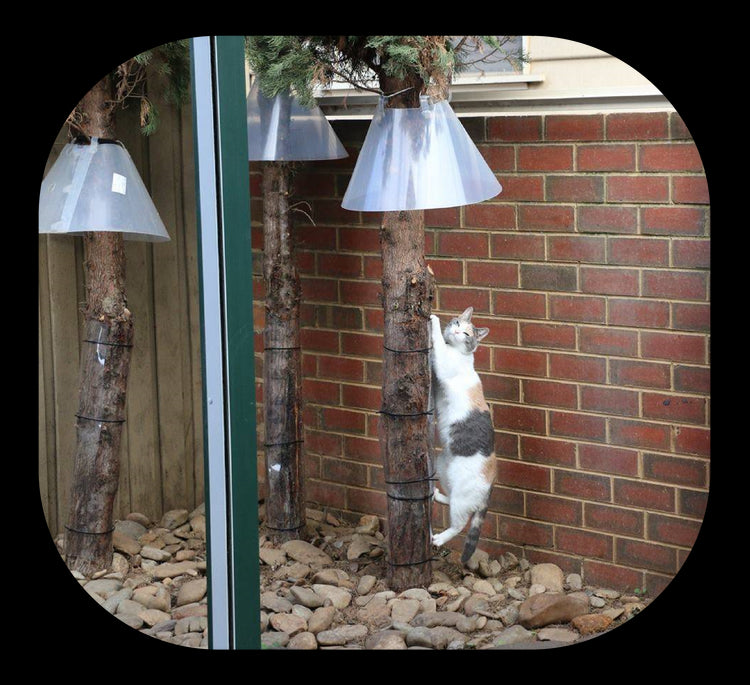



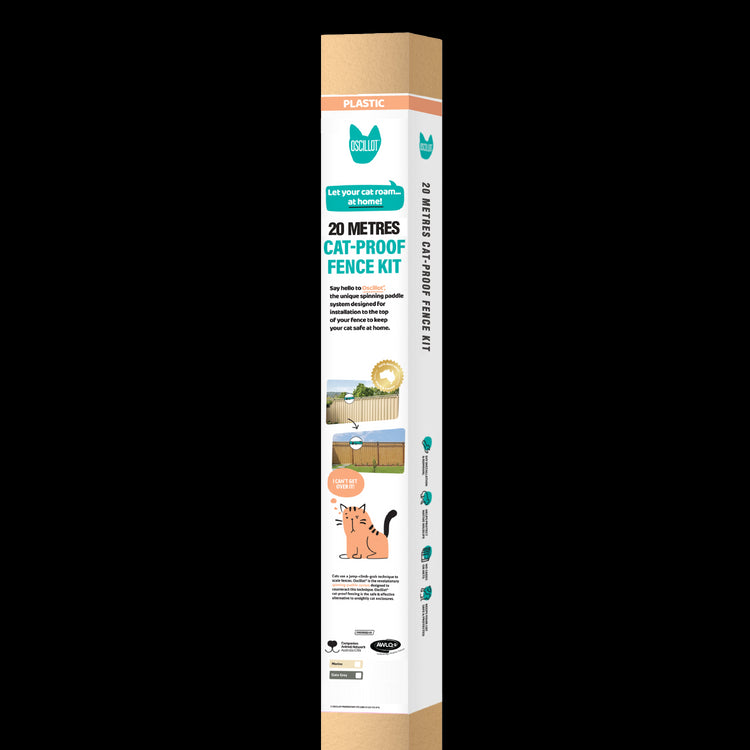


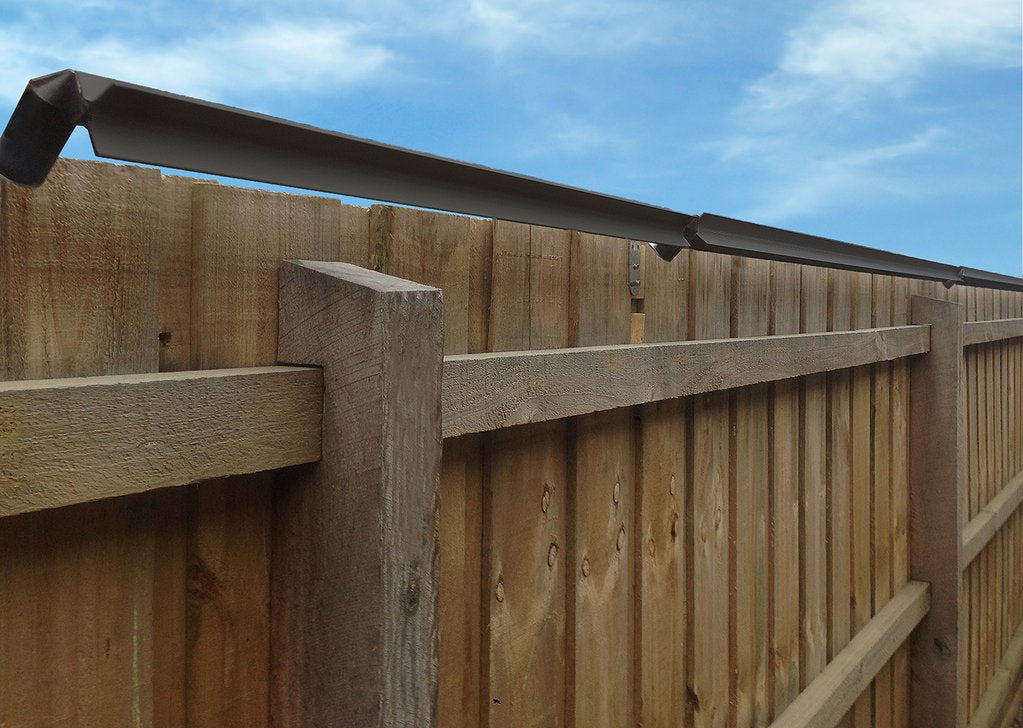










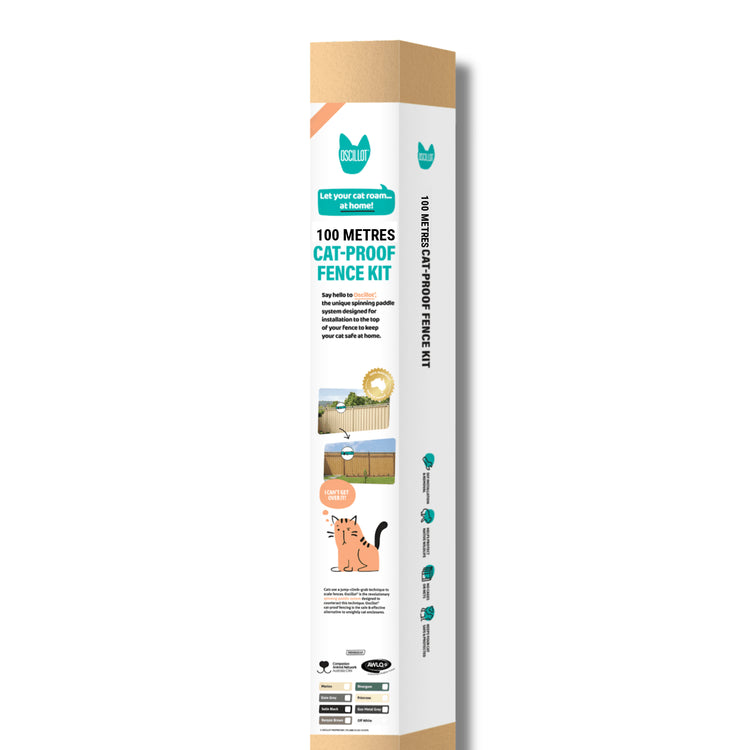
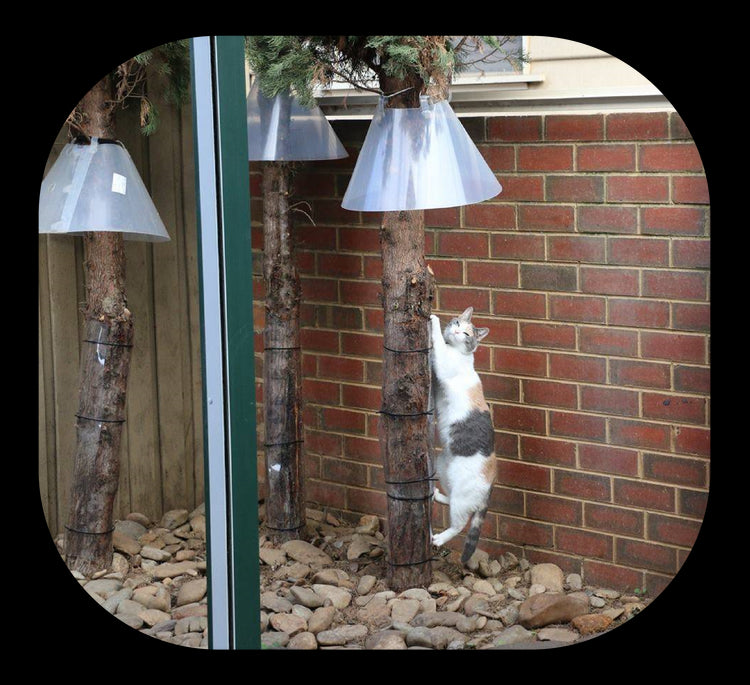
Leave a comment